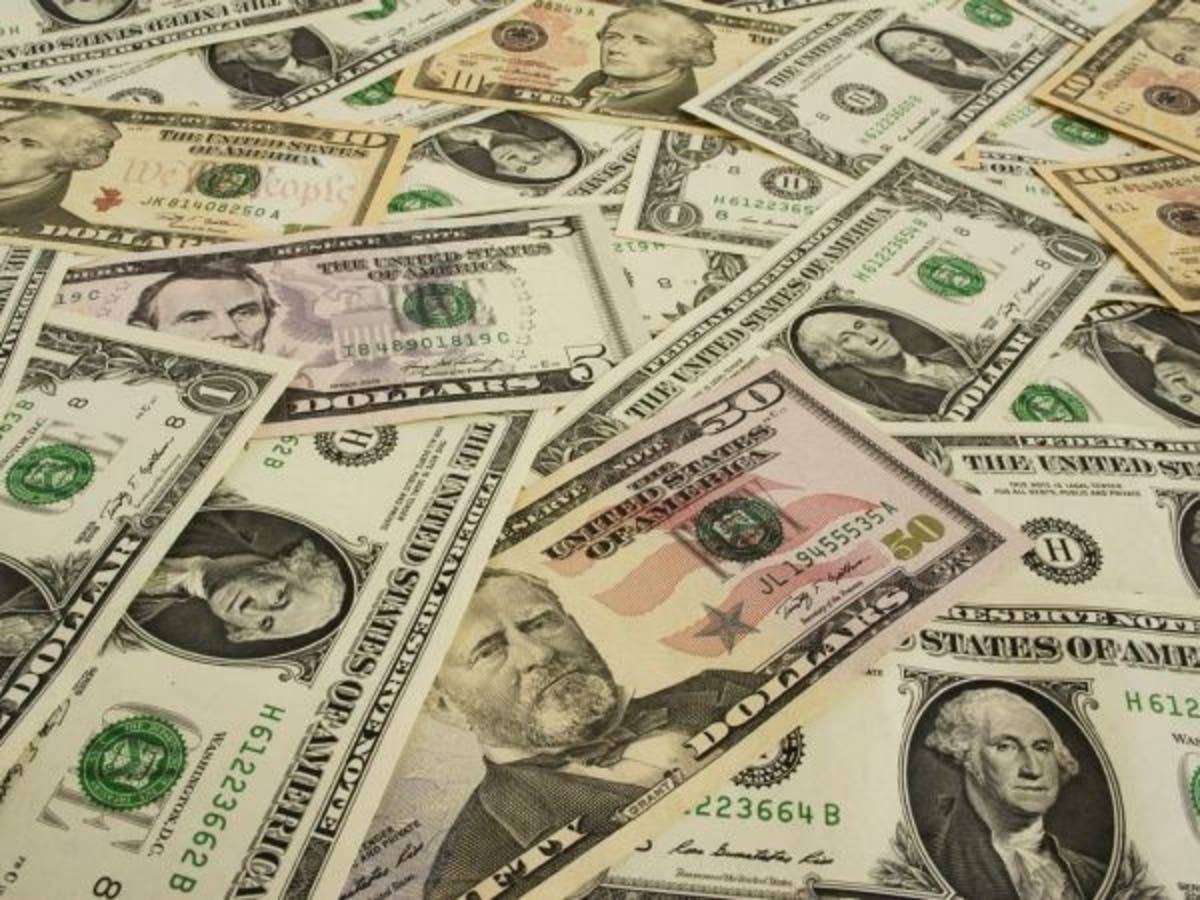Real Estate
Prosperity, Opportunity Gap: How's Your Hudson Valley ZIP Code?
Americans are less able now than at any point in modern history to uproot their lives and relocate to greener pastures.

Your address is becoming more of a factor on how well off you are — including the size of your paycheck, how much education you've obtained, and if you can get ahead.
The widening gap in economic inequality between the top 1 percent of income-earners and everyone else was a hot-button issue in last year's presidential election, and the disparity appears to apply within smaller communities as well — a troubling trend as Americans are less able now than at any point in modern history to uproot their lives and relocate to greener pastures, according to the 2017 Distressed Communities Index by the Economic Innovation Group.
Axios published the report along with a nifty tool for breaking down prosperity right to individual ZIP codes.
Find out what's happening in Bedford-Katonahwith free, real-time updates from Patch.
In the U.S., a total of 52.3 million Americans live in economically distressed communities while 84.8 million Americans live in prosperous communities.
In New York, 25.8 percent of the population live in prosperous areas while 11.5 percent live in distressed areas.
Find out what's happening in Bedford-Katonahwith free, real-time updates from Patch.
"America’s elite zip codes are home to a spectacular degree of growth and prosperity— hubs of innovation and progress seemingly immune to the concerns over automation, globalization, or lack of upward mobility that pervade national headlines," the study said. "However, outside of those top communities, economic well-being is often tenuous at best. And, at worst, millions of Americans are stuck in places where what little economic stability exists is quickly eroding beneath their feet."
The study looked at the relationship between the well-being of a particular community and various important factors, including people’s health, public assistance spending, demographics and political representation.
The EIG studied each zip code across the state and country and gave each zip code a distress score from zero to 100.
Well-off areas saw 57 percent of the country's rise in businesses and 52 percent of employment growth.
“Economic inequality in America translates into opportunity gaps for too many communities,” Steve Glickman, cofounder and executive director of the Economic Innovation Group, said in a release. “Unless policymakers in both parties reframe their priorities, economically distressed communities will continue to experience a downward spiral that results in a loss of faith in the American dream and less healthy and fulfilling lives.”
To see how your ZIP code fared, check out the interactive maps below, or input your ZIP code by clicking here.
Image via Shutterstock
Get more local news delivered straight to your inbox. Sign up for free Patch newsletters and alerts.